Let’s take a look at the most prosperous currencies of 2020
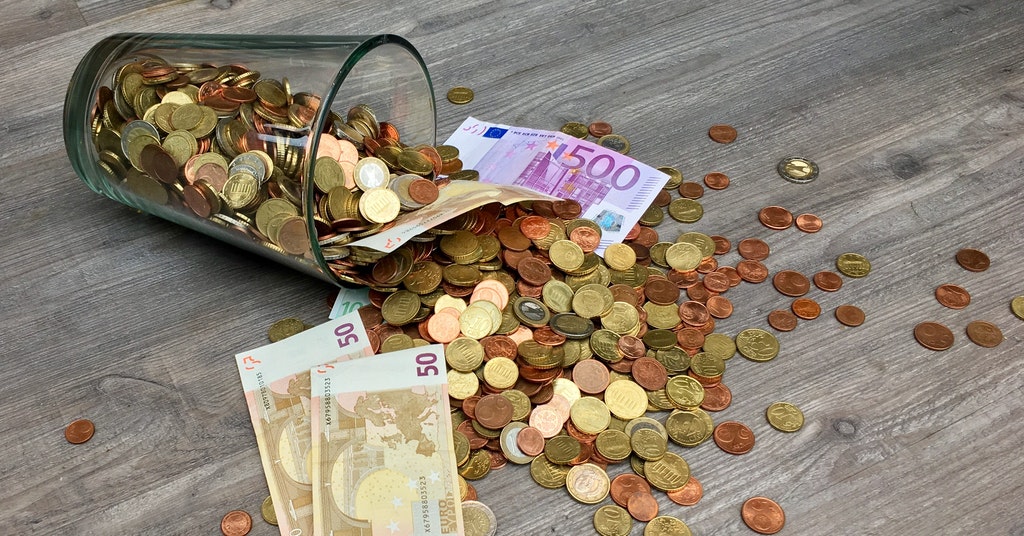
Most prosperous currencies of 2020. Source: pexels.com
As global economics weaken, fiat currencies face inflation and increased volatility. Have any of them managed to stay strong in 2020? Let’s find out with PaySpace Magazine.
Euro (EUR)
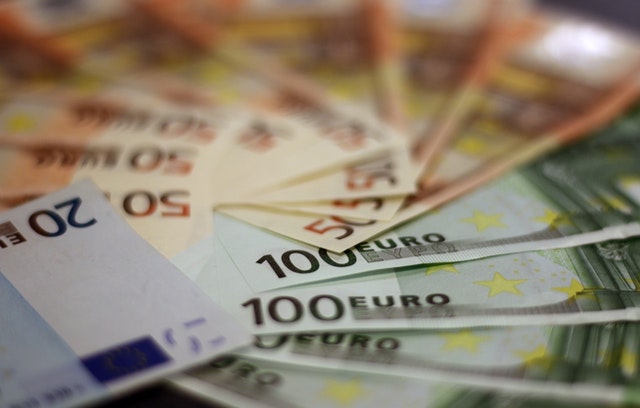
Euro. Source: pexels.com
Throughout the year, the common currency of the multinational European Union has been slowly getting stronger, especially against the USD. This December, with a mass vaccination around the corner, European markets are getting bullish.
Therefore, EUR is getting closer to its recent peak exchange rate as of January 2018, when one euro could be exchanged for $1.25. Currently, the rate is 1.21 and this might be just the beginning, considering gloomy predictions for the US economy in the nearest future. EUR had already seen better times in April 2008, when it reached a record exchange rate of $1.60.
The currency has also been growing against the GBP, especially since in mid-year concerns over a “no-deal” Brexit continued to rise. At the time, the talks are still in progress. However, the chances of the “deal” outcome are getting slightly higher. Therefore, the EUR-GBP pair performs at a similar level to the one observed in the past few years (€1 = £0.9).
Overall stability during this difficult period is a good sign for the euro. It’s no wonder that its general index has seen tremendous growth (107 in December 2020 against 97 in December 2019).
Moreover, the euro strengthened its positions even more after the ECB December 10 meeting. The currency rose immediately after the European Central Bank unveiled fresh stimulus measures in line with expectations.
The United States dollar (USD)
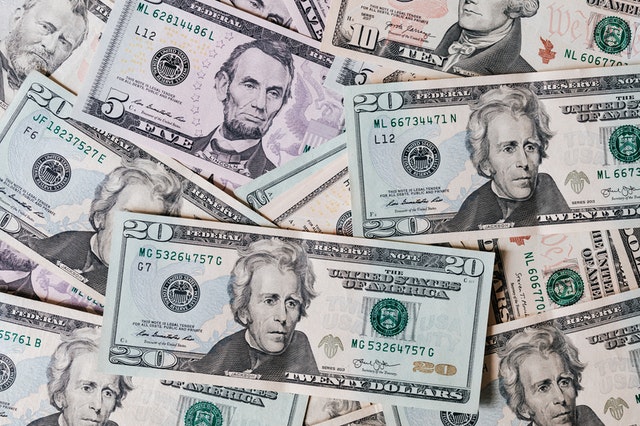
The United States dollar. Source: pexels.com
Being the main global reserve currency, US dollars are the most widely distributed notes in the world. They have an estimated $1.75 trillion worth of cash in circulation globally. The US Federal Reserve on average distributes $34 billion in paper notes annually. Dollars cover more than 61% of all foreign bank reserves and nearly 40% of the global debt.
The US dollar had witnessed almost a decade of strength and stable growth before 2020 came along. Moreover, as panic and depression started spreading all over the world, USD continued to surge against other currencies. Its value peaked in mid-March. Then the US dollar index jumped 1.5% to 102.70, finishing a stunning rally since March 9, when it was only 95.
However, this performance was a result of the suddenly increased demand. Institutions and companies around the world rushed to draw down credit lines and sought dollars for funding needs. Hence, soon the shortage started to weigh down on USD stability.
In July, speculators’ net short USD positioning soared to the highest level since August 2011 – $24.27 billion. In September, the USD hit a two-year low after its worst month in a decade.
Closer to the year’s end, the US Dollar has been going lower and lower. A few factors have contributed to its weakness including the fresh fiscal stimulus, increasing US deficits, prolonged low-interest rates, decreased US real yields, and even the election conflict.
At the same time, other national currencies have had similar situations this year. Therefore, despite any speculations, the US dollar remains the leading global reserve asset. Its closest rivals still have a long way to go before they can shake up USD international domination. Moreover, those experts who study longer-term exchange-rate trends point out that main dollar exchange rates have been quite stable compared to fluctuations following the 2008 financial crisis. Therefore, the dollar is still considered to be the best safe-haven currency bet this year, according to Morgan Stanley analysts.
Yuan (CNY)
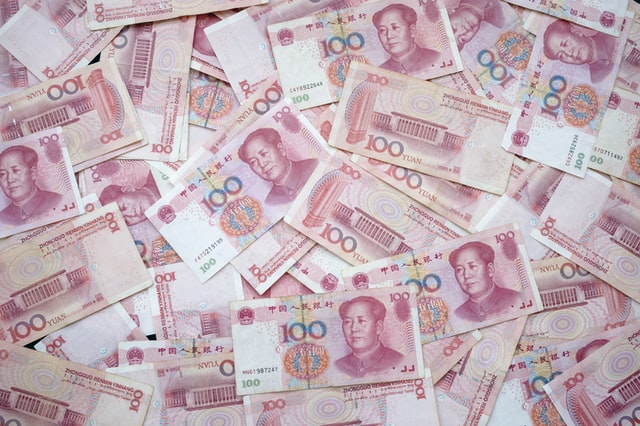
Yuan. Source: unsplash.com
In October, the Chinese yuan soared to a 17-month high versus the US dollar. Moreover, it happened with a rapid one-day jump. One of the most powerful factors of such a change mentioned by experts was that a Biden administration would be less likely to use import tariffs in disputes with China. Other possible explanations include implicit monetary tightening and strong credit growth within the recovering Chinese economy.
The first half of the year was tough for the yuan. Its sharp depreciation started in April and accelerated in June. In mid-August, the yuan weakened 9.6% since April. However, as the political situation changed, and the pandemic stride slowed down, CNY went up, reaching an impressive level in the autumn. The currency has kept growing ever since now showing a 7.84% rise from one year ago.
China’s economy has been recovering and growing at a much faster pace than its Western peers. While the US and Europe are expecting the recession to continue for the whole coming year, China had already reported its gross domestic product growing 4.9% year-on-year in the third quarter of this year. Thus, its national currency is illustrating healthy growth too.
The Canadian dollar (CAD)
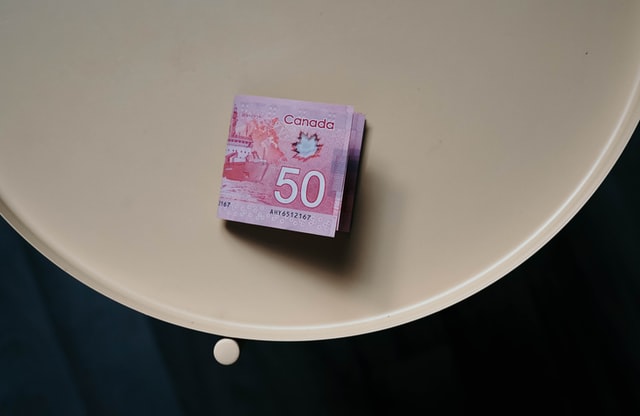
The Canadian dollar. Source: unsplash.com
Positive news about the effectiveness of three COVID-19 vaccines has triggered a strong rally in risk-aligned assets this November. Those assets included the Canadian Dollar which has a strong positive correlation with investor sentiment.
Just a few days ago, the Canadian dollar soared as traders started actively selling dollars against the major G-10 currencies. Investors got extremely disappointed with the US government’s failure to enact a stimulus bill to provide additional COVID-19 Relief to Americans and a growing number of coronavirus cases. Hence, USD/CAD that traded at $1.2825 in Asia and $1.2709 in New York on Thursday, December 10, rallied to $1.2774 overnight.
Moreover, analysts at the Bank of America expect the Canadian Dollar to strengthen in 2021. Although Canada’s external financing risks still remain significant, CAD growth is forecast to be driven by stronger investor inflows of capital and rising oil prices. Besides, the Moody’s Investors Service affirmed Canada’s triple-A rating, saying the risk of material, long-lasting deterioration to Canada’s economic or fiscal strength from the coronavirus crisis is low.
SEE ALSO:









